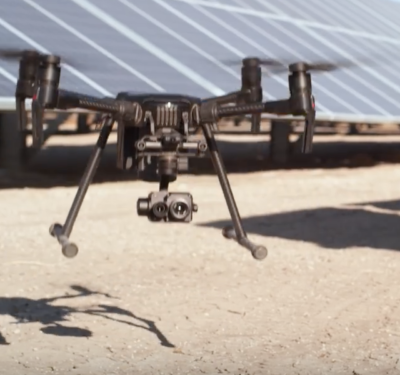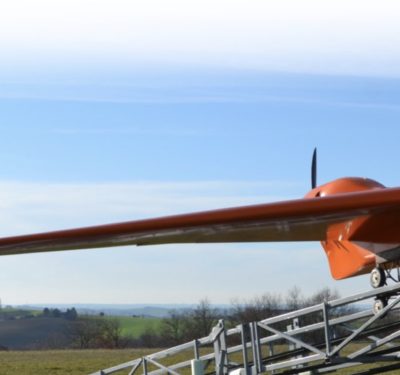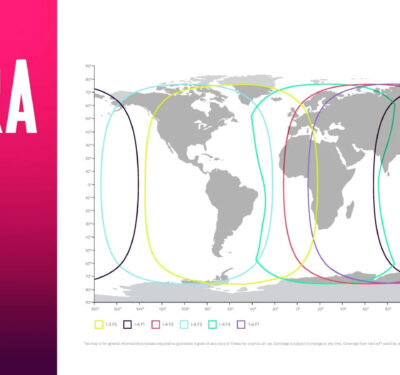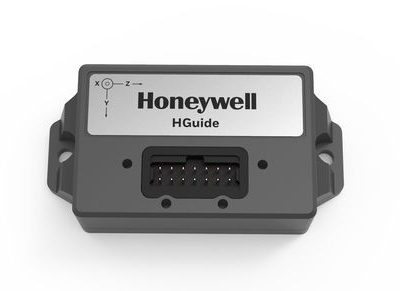Updating the quest for the Army’s new ISR solution.
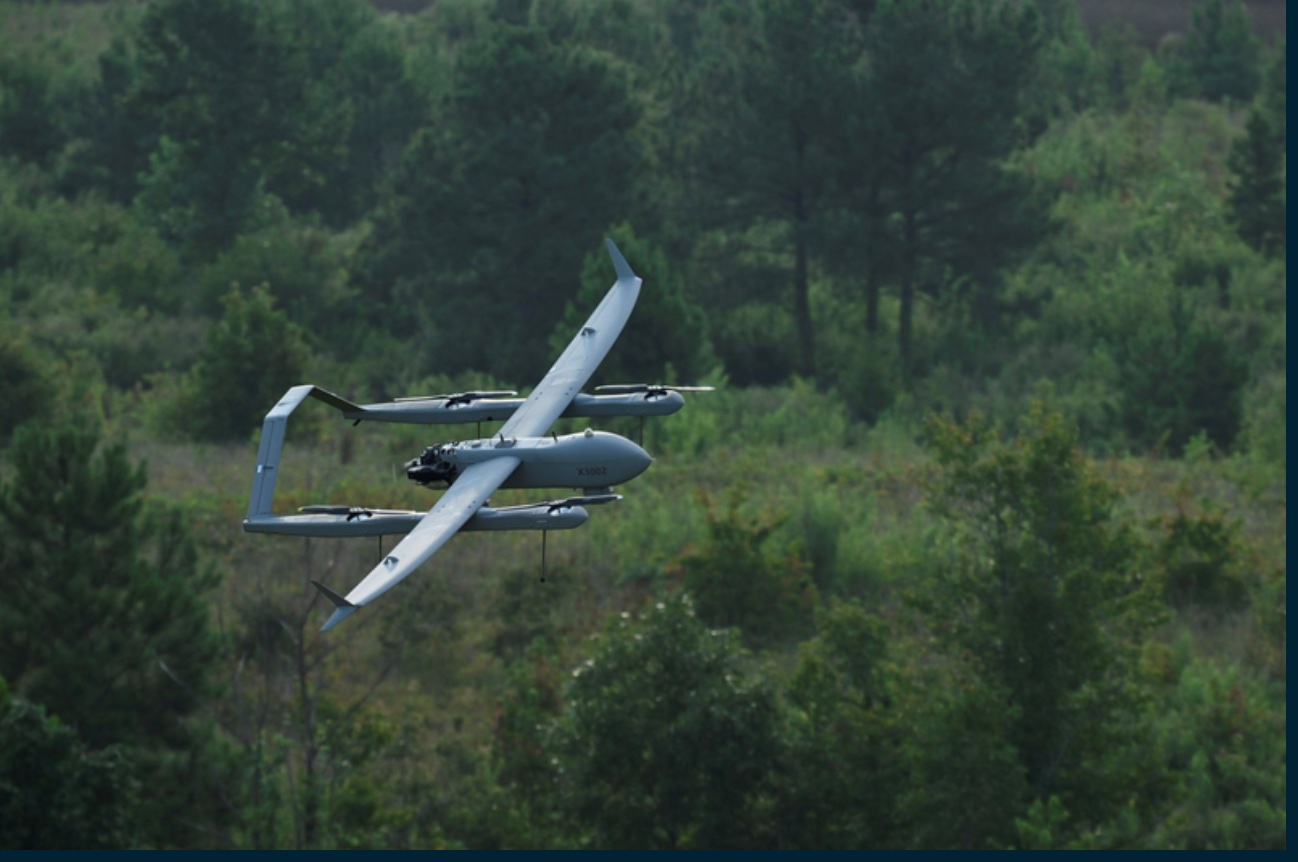
Image: Textron Systems.
“Punctuated equilibrium” posits that evolution’s slow path is marked by bursts of activity. Since 2018, the U.S. Army’s quest for a highly mobile, multifaceted, easy to field and interoperable Future Tactical Uncrewed Aircraft System (FTUAS) has mirrored this process while seeking to replace the venerable but cumbersome RQ-7 Shadow as its primary surveillance platform. Long confidential periods of brigade combat teams testing multiple candidates against a roster of requirements have been punctuated by field-narrowing announcements of increments and options.
On April 25th, the Army accelerated its activity, combining two evaluation steps by awarding both options 3 and 4 to remaining contenders Textron System’s Aerosonde Mk. 4.8 HQ and Griffon Aerospace’s Valiant.
“Exercising FTUAS Options 3 and 4 simultaneously allows for the execution of a thorough and deliberate development test plan,” a Program Executive Office Aviation spokesperson told Inside Unmanned Systems. It also can speed development: “The Rapid [sic] Prototyping phase of the FTUAS program is on schedule,” the PEO spokesperson said, with “first unit issued” set for 2025.
The spokesperson detailed the stages. “During Option 3, the vendors will participate in flight demonstrations and Modular Open Systems Approach third-party verification”—MOSA modular design and payload integration became mandatory for all defense programs in 2021. “Option 3 also includes a Soldier Touch Point and focuses on testing key systems characteristics including VTOL, reduced acoustic signature and rapid emplacement. Option 3 concludes following successful flight demonstration and MOSA verification events.
“During Option 4,” the spokesperson continued, “the vendors deliver production representative prototypes for use in testing and operational demonstrations. Additionally, Option 4 includes environmental, electromagnetic and environmental effects, transportability and flight tests. Option 4 culminates with the Production Readiness Review.”
Another accelerant: the Army announced in February that it would divest its entire Shadow fleet.
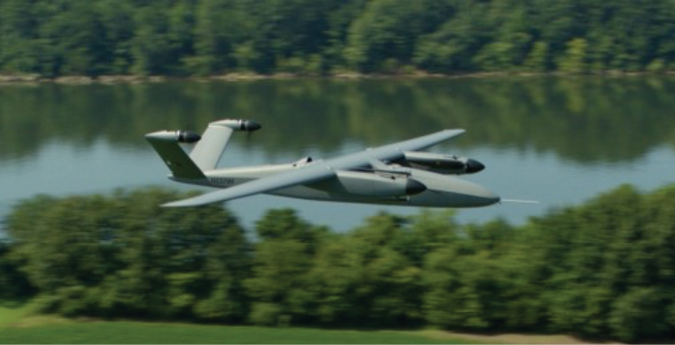
Image: PEO Aviation/The United States Army.
The Contenders
“Griffon Aerospace is a small business that’s been making big moves since 1995,” says the company’s website. Over time, the Madison, Alabama, firm has moved from kit aircraft to multi-service target systems to today’s Valiant Group 3 expeditionary VTOL platform. Valiant’s hybrid system features a combustion and four electric engines, with four tilt propellers split between the wing and the top of a V-Tail, engaged as needed for takeoff and cruise.
Textron System’s entry is Aerosonde’s upgraded Mk. 4.8 HQ. Quadrotor technology achieves VTOL, while a heavy-fuel engine is compatible with a variety of Army and NATO equipment. Textron stresses the twin-boom craft’s 14-hour endurance, simplified logistics and ability to be assembled and launched in under 30 minutes. Six hundred fifty thousand flight hours and years of experience with the Shadow, which it developed, augment a claim to full cycle support.
Griffon’s leadership has maintained silence throughout the selection process. Wayne Prender, Textron’s senior vice president for air systems, continues to comment—with the ongoing caveat that he is not speaking for the Army.
“It’s a more classic hybrid quad configuration,” Prender said of the HQ. “But we have worked very hard to optimize it, not only for its aircraft performance but also soldier usability. The aircraft is robust, it is easy to assemble and maintain. In any military-grade equipment, it is not just the performance of the system but also its suitability, reliability, ease of maintenance, the ability to swap and change parts.”
Speaking from Hunt Valley, Maryland, Prender noted how Aerosonde HQ conforms to the Army’s requirements. “Most all of the more than 40 payloads and capabilities that we’ve fielded will be available on the 4.8, and the 4.8 brings more endurance and more horsepower.”
Ongoing Criteria
Key to the Rapid Deployment Prototyping effort are Model Based Systems Engineering (MBSE) and other digital engineering techniques, which in turn will implement MOSA. “The open architecture,” the Army said, “allows the PM [Project Management] to on and off ramp capabilities quickly as they mature, staying ahead of the enemy.”
Prender agreed. “MOSA is the name of the game. As the Army looks at MOSA and the ability to integrate additional payloads, not just the software element but the mechanical and aero flexibility to accommodate future payloads is inherently built into our platform—pre-approved standard configurations as well as ad hoc payload integration.”
“Multidomain operation” also is frequently cited as crucial. But does that refer to air/land/sea, to areas such as cyber, peer near-peer conflict, or to both?
“Both,” is the Army’s bottom line. “FTUAS is designed to support the Army across the full spectrum of multidomain operations.”
Prender expanded on this duality. “We are flying our systems in support of different domains, executing different missions: cybersecurity, ISR, information security. Then there’s the physical domain that you’re operating in. We’re flying in the air, operating in a maritime domain and can operate on a land-based domain. So, our platforms actually operate in ‘multiple multiple domains.’
“In our future service environment,” Prender added, “there’ll be not just EO-IR [electro-optical infra-red] but communications relays, wide area search, LiDAR, a variety of intelligence packages. I envision that once our system gets into the hands of the soldiers and operators, it’s going to unleash their creativity.”
Those “Soldier Touch Points” (STPs), the spokesperson said, “are vital to the FTUAS evaluation through Options 3 and 4. Multiple STPs will range from observation of flight demonstrations to operation of the FTUAS prototypes in operationally relevant environments. Soldier feedback will inform the program objectives, continuous improvement efforts and doctrine refinement.”
Collecting and documenting this feedback through all test events will allow the Army Test and Evaluation Command (ATEC), the requirements community and the Project Management Office to make an ultimate choice. “Having a deliberate and rigorous test campaign ensures that our soldiers receive FTUAS’ transformational capability necessary to fight and win in large-scale combat operations,” the spokesperson said.
This feedback process is already in motion, Prender offered. “The customer has shown a desire to be transparent in that feedback; ultimately, the more transparent they are, and they recognize this, the faster and better we can improve the system so that the end product ultimately is best for the user.”
Even as the FTUAS program moves forward, relevant feedback also is emerging from conflicts across the world. FTUAS, the spokesperson said, “is an organic brigade ISR asset that includes the ability to vertically take off and land. Additionally, its ‘on the move’ capability, transportability and fast set-up time allow soldiers to employ and operate the system at the point of need.”
Prender affirmed the mission. “It’s getting back to the tenets of the Army, which is the ability to shoot, move and communicate. You’ve got to have that ability to rapidly maneuver.
“FTUAS provides a much more expedient and mobile system. You don’t need launch/ recovery equipment or improved surfaces. The ingenuity of how smaller systems are utilized, the great effectiveness of Group Three and Group Four systems—every conflict is a little different and we learn from all of them.”


